FALL ARREST SYSTEM
A great diversity of personal fall protection systems is used by workers who have to work at height to position the worker or to restrain his/her movements in order to prevent falls or to protect him/her in case of fall. A fall arrest system is used in unprotected areas where there is a risk of free fall from height. If one wishes to prevent accidents involving falls from heights, priority must be given to having in place appropriate collective fall protection measures.
The fall protection systems are broadly classified into:
a) Horizontal and Inclined Fall Arrest system
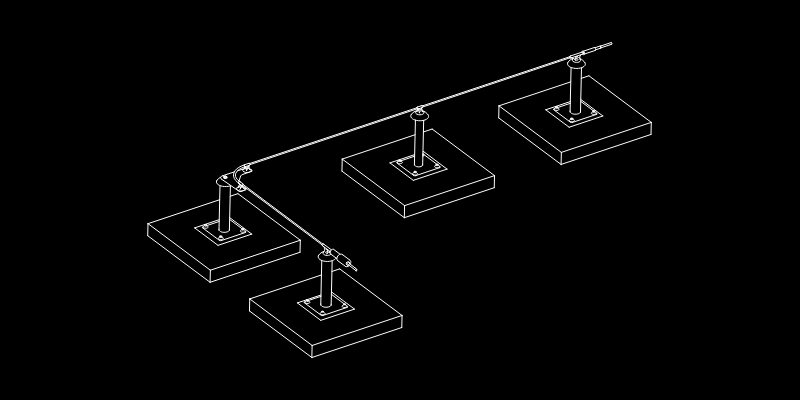
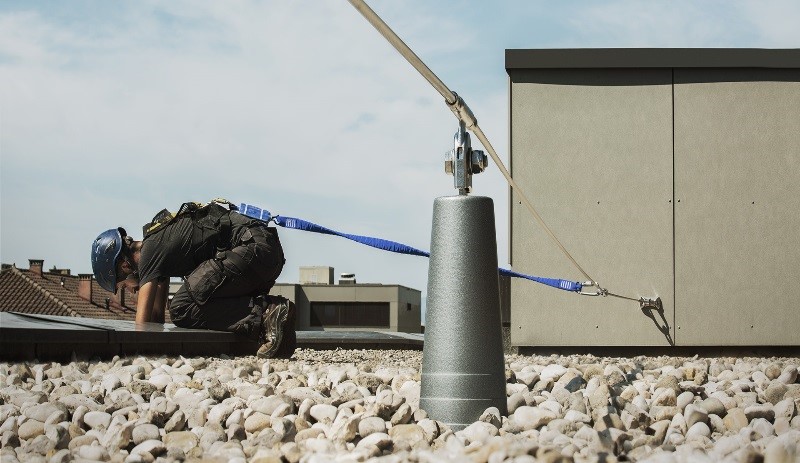
b) Vertical fall arrest
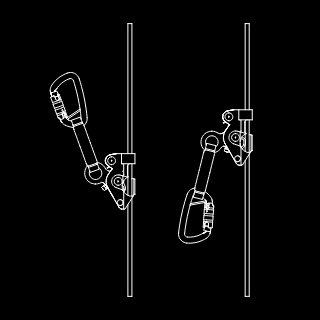
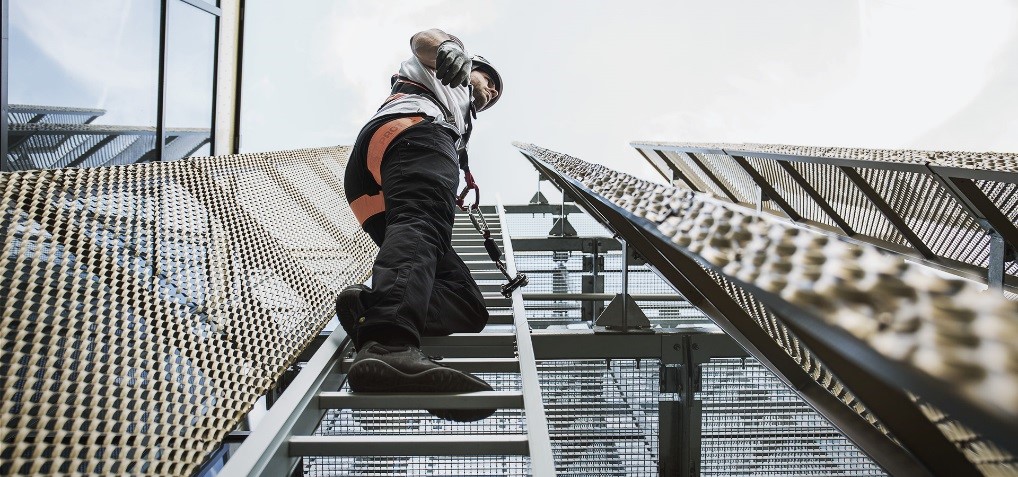
c) Anchor points
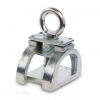
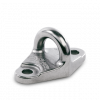
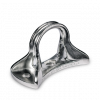
d) Work in suspension
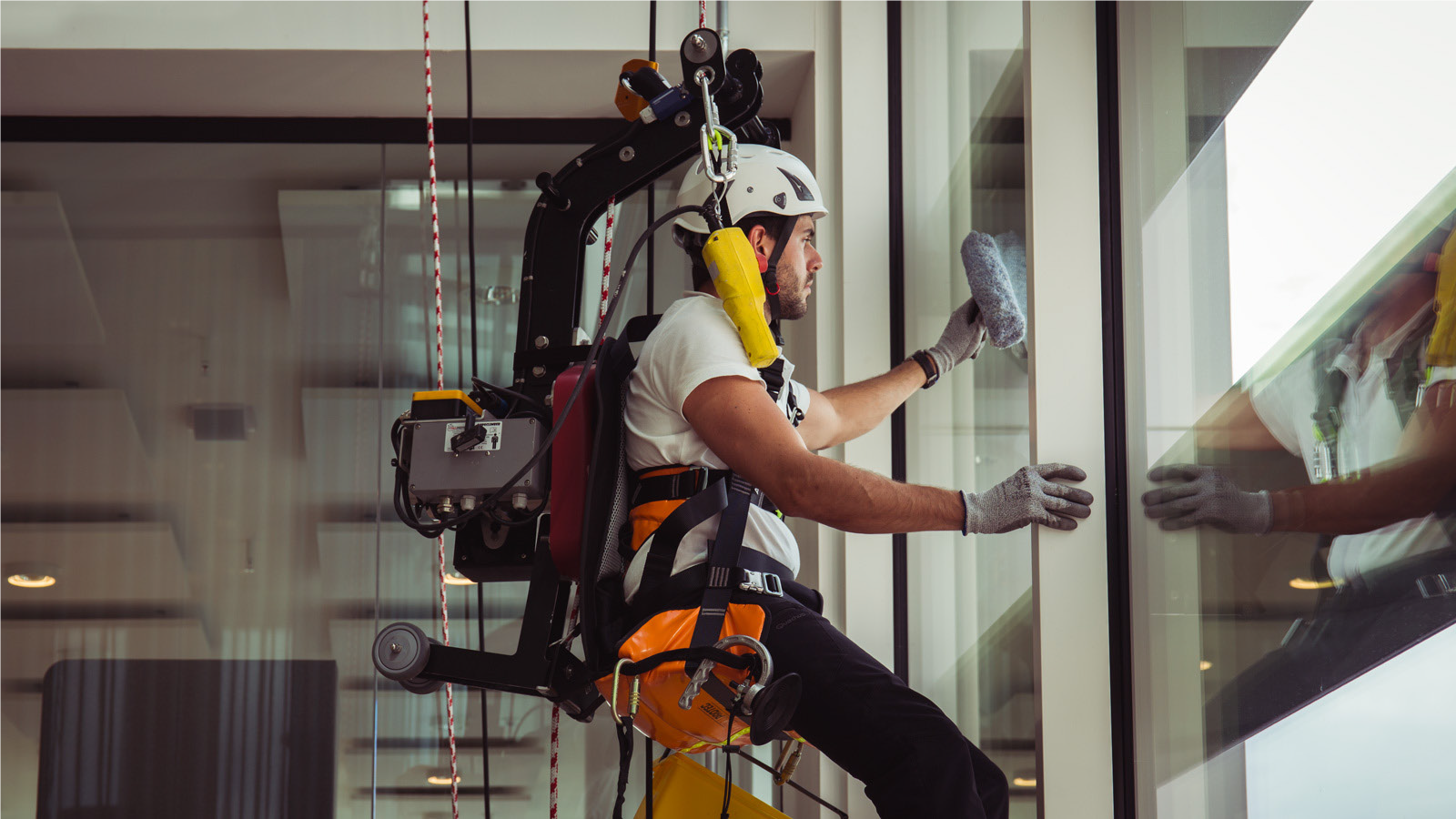
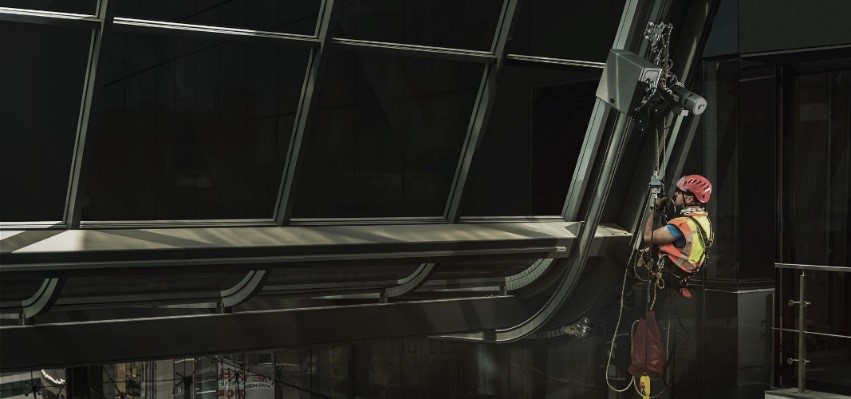
GENERAL DESCRIPTION OF FALL ARREST SYSTEM:
- A fall arrest system does not prevent the fall, allowing the user to reach a zone where free fall risk exists, but should a free fall occur, the system stops it, limiting the length of fall to prevent collision with the ground, with the structure from where the worker is falling or other obstacles and it maintains the user in an acceptable ergonomic position until rescue.
- Each type of system is intended to ensure that the impact forces on the body of the user during the arrest of a free fall are restricted to the maximum value accepted as non-dangerous, i.e. 6 KN in Europe.
- Each type of system is characterized by an “arrest distance”, established during the CE type-examination. This value forms the base from which to calculate the minimum ‘free space’ or ‘clearance’ that is necessary under the legs of the worker to avoid a collision. The ‘clearance’ of a fall arrest system is calculated by adding 1 m to the arrest distance and it is indicated in the information file of the manufacturer. The decision to use a particular type of fall arrest system needs to take into account the clearance of the disposable energy absorber in balance with the actual clearance at the workplace.
- Components may be used in various types of personal fall protective systems, as long as they are suitable for the specific purpose of the system. There are several possible combinations of elements, each one being specific for a particular purpose, or alternatively for particular configurations in the workplace: work on horizontal or inclined surfaces or on towers, anchor points above or under the worker, existence of a free space under the wearer.




